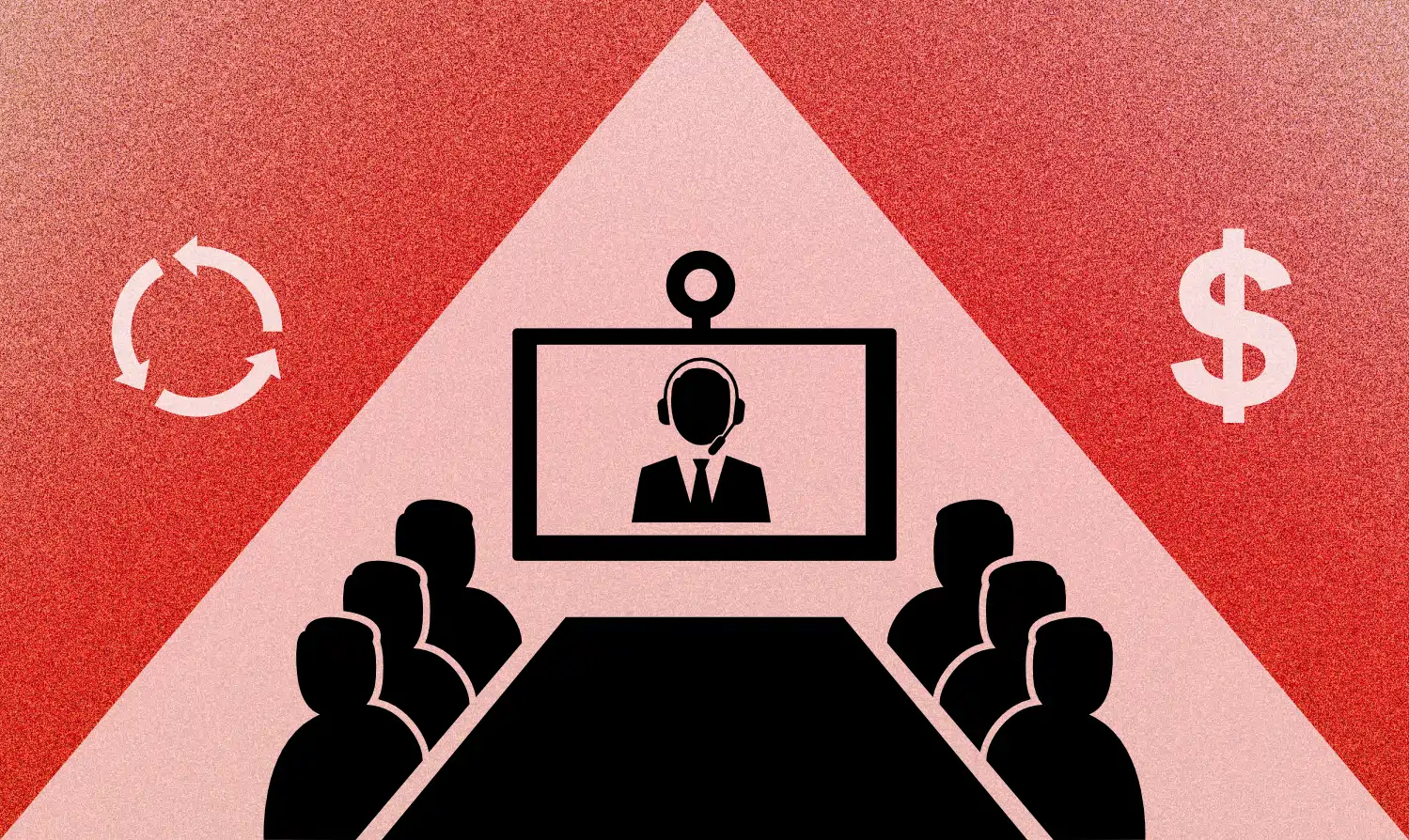
Company Culture, Employee Survey, Retention Strategy
In a world racing to adopt the next big innovation, digital transformation is no longer optional—it’s a business imperative. New technologies, from AI in the workplace to cloud-based systems and automation, are reshaping how we work, connect, and lead. Yet, as organizations pivot to adapt, an urgent question arises: What happens to your culture during transformation?
In the rush to digitize, many companies risk sidelining their most valuable asset: their people. The most successful transformations are not tech-first, but culture-first. They are led by leaders who recognize that technology must serve the culture, not replace it. This article explores how to embrace digital change without compromising the core values that make your organization a great place to work
Why Culture Matters in a Digital World
Workplace culture is not a soft benefit—it’s a strategic advantage. Culture shapes how decisions are made, how employees collaborate, and how organizations navigate uncertainty. In the context of digital transformation, culture becomes even more critical. It's the anchor that provides continuity and belonging amidst rapid change.
High-trust workplace cultures are more agile, innovative, and resilient—qualities essential for navigating transformation successfully. When employees feel safe, heard, and valued, they are more likely to adopt new tools, experiment with new workflows, and engage with purpose. These are the exact qualities required for successful digital transformation. When employees feel safe, heard, and valued, they are more likely to adopt new tools, experiment with new workflows, and engage with purpose.
Digital transformation is not just about new systems—it's about new mindsets. Technology changes the "how" of work, but culture defines the "why."
The Hidden Cost of Ignoring Culture in Digital Change

Digital transformation isn't just about tools—it's about people. When organizations rush into AI adoption or automation without addressing the human element, it often results in confusion, resistance, and mistrust. Employees who aren’t included in the process may feel undervalued, which weakens engagement and slows innovation.
Many companies invest heavily in technology expecting immediate gains, but without a strong cultural foundation, the effort can backfire. According to research from Forbes, successful digital transformation requires a deliberate cultural evolution—one driven by leadership and supported by clear communication, patience, and employee involvement from the start.
The consequences of neglecting culture are real. Trust in leadership erodes. Silos form. Shared values start to unravel—often without anyone realizing until it’s too late.
The good news? It’s preventable. When leaders prioritize culture alongside strategy and tools, they lay the groundwork for transformation that employees understand, support, and sustain.
How Leaders Can Protect Culture in Times of Change
Leadership is the bridge between transformation and trust. It’s up to leaders to reinforce values, communicate clearly, and role-model the mindset shifts they wish to see. This is where leadership skills rooted in empathy, transparency, and intentionality come into play.
Effective change management isn’t about control—it’s about connection. Leaders must:
- Communicate consistently and openly. Explain why changes are happening and how they align with the organization’s mission.
- Invite employee feedback. Use tools like the Trust Index™ Survey to understand how your people are experiencing the change.
- Celebrate cultural touchpoints. Recognize behaviours that reflect your values, even as processes evolve.
This approach is a defining trait of high-trust, high-performing workplaces. At top Great Place to Work® Certified companies, 86% of employees say that management keeps them informed about important changes and genuinely involves them in decisions that affect their work. These companies aren't just executing change—they're cultivating a culture where people feel seen, heard, and valued every step of the way.
Leaders who protect culture through transformation are not just managing change—they’re shaping a future where innovation and employee experience coexist.
5 Tips for Aligning Technology with Your Values

- Start with your "why." Before adopting any technology, ask: Does this enhance our ability to live our values? For example, if equity is a core value, choose tools that support inclusive access to information and development.
- Design for people, not just efficiency. AI in the workplace should empower, not replace. Select tools that make work more meaningful, remove friction, and support collaboration.
- Create feedback loops. Encourage employees to share their experiences with new technologies. Their insights will not only improve adoption but reinforce a culture of trust and continuous learning.
- Maintain rituals that build connection. Even as workflows digitize, human moments still matter. Don’t lose team check-ins, informal recognitions, or mentorship practices.
- Train with purpose. Upskilling isn’t just a technical need; it’s a cultural investment. Empower every employee to grow alongside the technology.
By aligning your technology choices with your organizational values, you ensure that digital transformation becomes a culture accelerator, not a culture disruptor.
Tracking Culture Health in Digital Transition
Culture can’t be measured by observation alone—especially during times of change. To truly understand how transformation is impacting your employee experience, you need structured, ongoing input directly from your people. The most effective way to do this is through employee surveys and feedback tools that reveal measurable trends across trust, inclusion, and engagement.
- Employee Surveys and Feedback: Tools like the Trust Index™ Employee Survey offer data-driven insights across critical culture dimensions. Because this feedback comes directly from employees, it reflects the lived experience of your culture—before, during, and after transformation.
- Focus Groups and Listening Sessions: These create space for employees to share context behind survey responses, adding nuance and voice to your quantitative results.
- Pulse Checks at Key Milestones: Short, frequent surveys during major digital rollouts help you track sentiment in real time, enabling timely intervention if issues arise.
- Technology Adoption Rates: Track usage data and engagement with new tools to assess how comfortably employees are transitioning to new systems. Low adoption could signal confusion or cultural misalignment.
- Retention and Employer Brand Trends: Shifts in turnover or candidate interest may indicate that culture perception is changing—internally or externally. Keep an eye on exit interview themes and applicant feedback.
Together, these methods paint a full picture of how culture is holding up under pressure—and whether your digital efforts are reinforcing or compromising your values.
Final Thoughts
Digital transformation offers incredible opportunities for efficiency, innovation, and scale. But the true ROI of transformation comes when technology supports people—not the other way around.
At Great Place to Work®, we believe the future of work is For All™. That means every transformation should be inclusive, values-driven, and culture-first. By grounding digital initiatives in trust, empathy, and clear communication, organizations can navigate change with confidence and care.
"Because in the end, it’s the people who make a workplace great."
Tools & Resources
- Certification: Demonstrate your commitment to culture, even as your organization evolves. Certification not only validates your employee experience—it also strengthens your employer brand and boosts engagement through recognition.
- Employee Survey: Gain actionable insights with the Trust Index™ Survey. This confidential, research-backed tool measures key cultural drivers that impact retention, engagement, and business performance — giving you a clear path forward.
- Leadership Development: Equip leaders with the tools to build high-trust teams. Our programs help managers turn culture into a leadership strength by aligning people strategies with business goals.
- Company Culture: A strong culture doesn’t pause during transformation—it powers it. Our resources support organizations in building strong, inclusive cultures that reduce turnover, increase resilience, and drive long-term success.
Feedback
We value your feedback! Your insights are crucial to helping us create meaningful content. Did the strategies in this article inspire new ways to lead digital transformation while protecting your workplace culture? Are there specific challenges you'd like us to address? Share your suggestions or ideas with us. Together, we can develop resources that truly make a difference. Have feedback? Fill out this form by clicking here.
Get Certified
Want to know how your people feel about your workplace culture during times of change? Get Certified today and learn the answer to this question and gain many more insights along the way.





